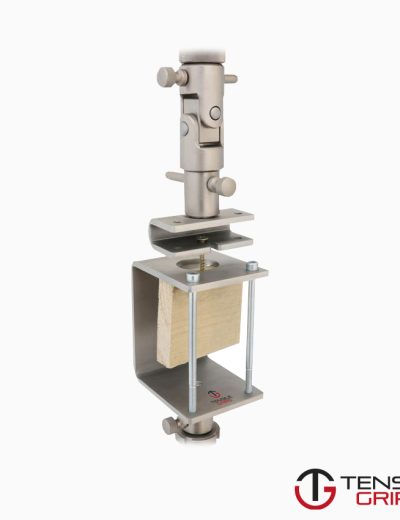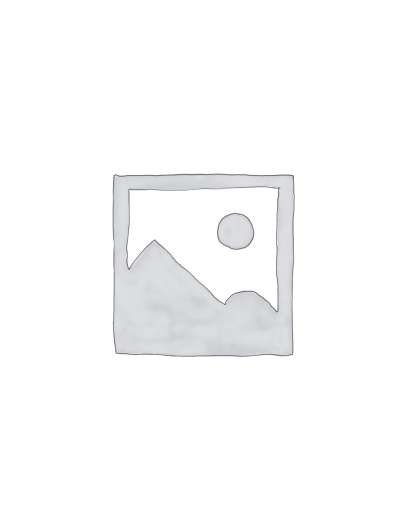BS EN 1607 Test Fixture
BS EN 1607 specifies the equipment and procedures for determining the tensile strength of a product perpendicular to its faces.
Please Contact With Us For More Information
BS EN 1607 – Thermal Insulating Products for Building Applications – Determination of Tensile Strength Perpendicular to Faces
BS EN 1607 specifies the equipment and procedures for determining the tensile strength of a product perpendicular to its faces.
It is applicable to thermal insulating products.
Apparatus
Tensile testing machine, appropriate for the range of force and displacement involved, capable of having a constant crosshead speed adjusted to (10 ± 1) mm/min and
capable of measuring the force to an accuracy of ± 1 %.
Rigid plates or blocks, with self-aligning attachment to avoid uneven distribution of tensile stress during the test.
Examples of suitable arrangement to bond the test specimen are shown in Figure 1.
Adhesive, used to bond the test specimen between the rigid plates or blocks:
The adhesive shall not reinforce or damage the surface layers of the product.
Hot adhesives shall be avoided if they damage the product.
Any solvent used shall be compatible with the product.
Any test equipment which provides the same result with at least the same accuracy may be used.
BS EN 1607 – Test Specimens
Dimensions of Test Specimens
The thickness of test specimens shall be equal to the original product thickness including any skins, facings and/or coatings.
The test specimens shall be prisms of square cross section having sides of the following recommended dimensions:
50 mm × 50 mm or
100 mm × 100 mm or
150 mm × 150 mm or
200 mm × 200 mm or
300 mm × 300 mm.
Dimensions used shall be as specified in the relevant product standard. In the absence of a product standard or any other European technical specification,
the dimensions of test specimens may be agreed between parties.
The linear dimensions shall be determined in accordance with EN 12085 to an accuracy of ± 0,5 %.
BS EN 1607 – Number of Test Specimens
The number of test specimens shall be as specified in the relevant product standard.
If the number is not specified, then at least five test specimens shall be used.
In the absence of a product standard or any other European technical specification, the number of test specimens may be agreed between parties.
BS EN 1607 – Preparation of Test Specimens
The test specimens shall be cut from the product so that the test specimen base is normal to the direction of the tensile force applied to the product in use.
Test specimens shall be prepared by methods that do not change the original structure of the product. Any skins, facings and/or coatings shall be retained.
The test specimens shall be representative of the product and preferably not taken closer than 15 mm from the edges of the product to avoid the influence of
any handling damage.
For products with non-plane or non-parallel faces, or which have skins, facings and/or coatings, preparation of test specimens shall be as specified
in the relevant product standard.
The tolerance on parallelism and flatness between the two faces of a test specimen shall be not more than 0,5 % of the test specimen side length, with
a maximum of 0,5 mm.
Before conditioning, the test specimens shall be attached to the two rigid plates or blocks using a suitable adhesive.
BS EN 1607 – Test Procedure
Determine the cross-sectional area of the test specimens in accordance with EN 12085.
NOTE : Carry out this determination preferably before the test specimen is attached to the two rigid plates or blocks.
Attach the test specimen in the tensile testing machine by means of the plate/block fixings and increase the tensile force with a constant speed of the crosshead
until failure occurs. Record the maximum force, in kN.
Note : The way in which the material or the skin, facing and/ or coating failed. Discard any test specimen showing total or partial failure in the adhesive layer between
the test specimen and the rigid plates or blocks.
*** Before conducting BS EN 1607 , it is important to read the entire specification. Standards can be obtained from appropriate standard authorities.





